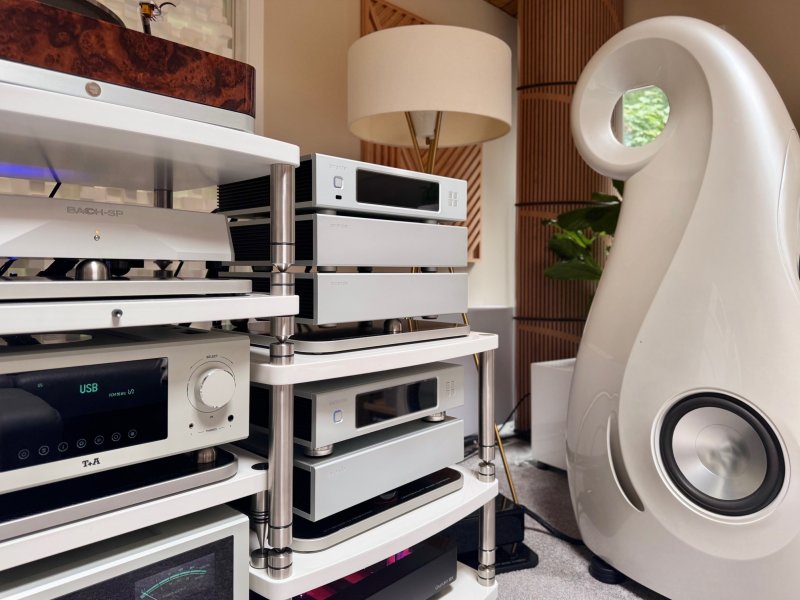I just received an N50 to break in and demo, at least for the next few weeks, if not permanently. Kelly from Aurender was generous enough to help me set it up in the reference system (I am an authorized Aurender dealer in the U.S.).

The unit was installed yesterday with zero hours and running 24/7 since, and I will not provide any immediate impressions aside from saying that the presentation is different in an immediately apparent way. The nice thing is that I have the N30SA and I just need to swap SPDIF between the two units while they are both playing. They’re using the same Ethernet cables, power cables, etc. I’ll report back over the course of a few days, but in my experience, things change quite a bit over running Aurender units 24/7 for two weeks.
I’m testing the N50 going through either the BACCH-SP adio or T+A SDV 3100 HV.
Regarding the comments made on the MC10 master clock, while I don’t have one on the floor at this moment, I have extensive experience with the unit both in this room against a few other clocks, as well in a few of my local clients’ rooms. The MC10 is certainly a big step up, even if its direct specifications such as phase noise may appear greater than a few other clocks on the market. That specification is only one measurement and shouldn’t be the determining factor of the unit’s performance. Compared to other clocks, not only does it improve coherence and snap, but its overall presentation is simply more natural and effortless, delivering impeccable texture and timing across the board. I believe its robust power supply, in addition to its isolation-centric design should be credited for its performance.

The unit was installed yesterday with zero hours and running 24/7 since, and I will not provide any immediate impressions aside from saying that the presentation is different in an immediately apparent way. The nice thing is that I have the N30SA and I just need to swap SPDIF between the two units while they are both playing. They’re using the same Ethernet cables, power cables, etc. I’ll report back over the course of a few days, but in my experience, things change quite a bit over running Aurender units 24/7 for two weeks.
I’m testing the N50 going through either the BACCH-SP adio or T+A SDV 3100 HV.
Regarding the comments made on the MC10 master clock, while I don’t have one on the floor at this moment, I have extensive experience with the unit both in this room against a few other clocks, as well in a few of my local clients’ rooms. The MC10 is certainly a big step up, even if its direct specifications such as phase noise may appear greater than a few other clocks on the market. That specification is only one measurement and shouldn’t be the determining factor of the unit’s performance. Compared to other clocks, not only does it improve coherence and snap, but its overall presentation is simply more natural and effortless, delivering impeccable texture and timing across the board. I believe its robust power supply, in addition to its isolation-centric design should be credited for its performance.










